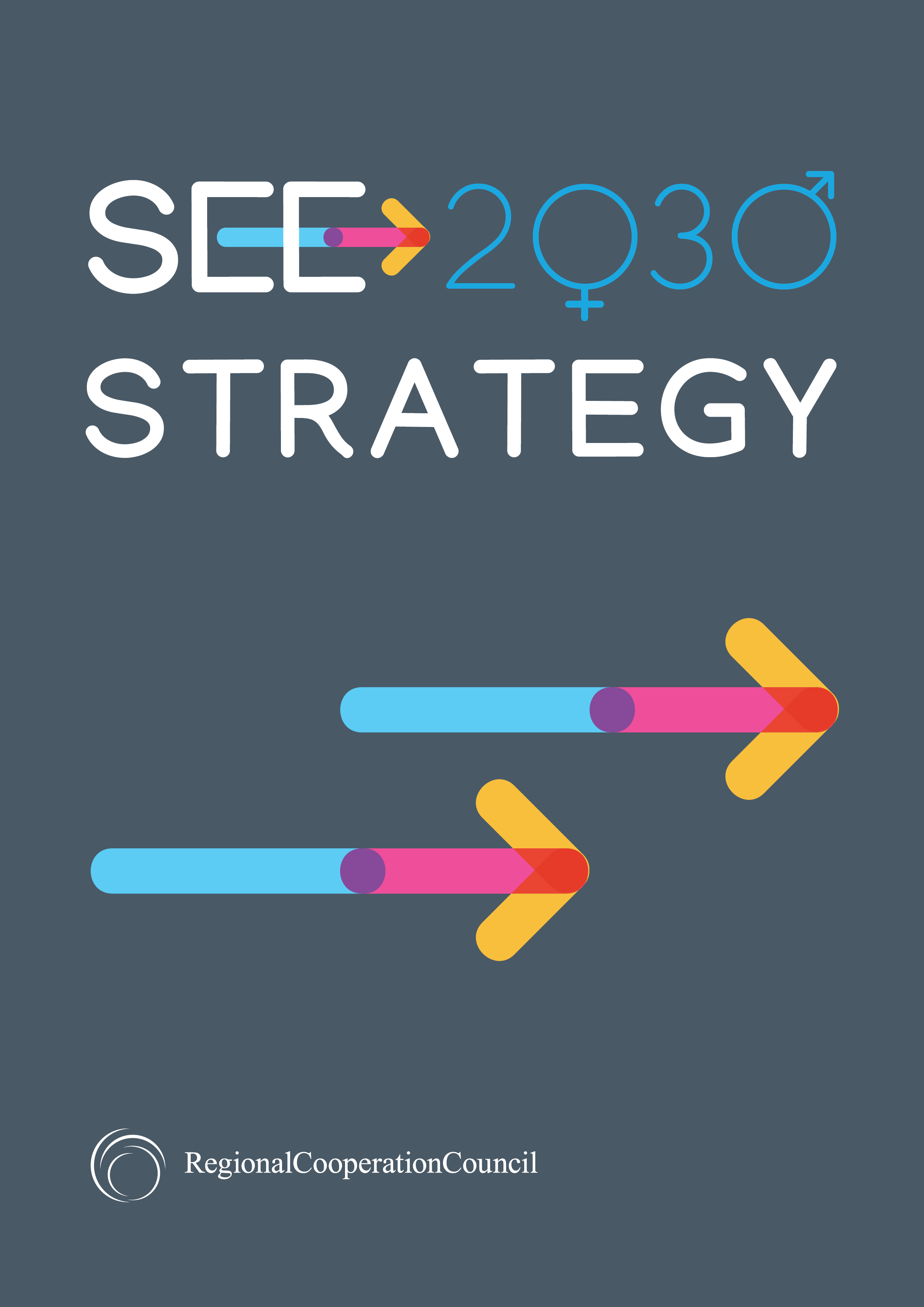
The monitoring cycle of SEE 2030 Strategy includes quantitative and qualitative analysis of the implementation of SEE 2030 based on its indicators per dimension with the aim to measure the progress to reach the corresponding targets with each priority under the three dimensions.
Similar to the SEE 2020 Strategy, the RCC Secretariat will prepare the annual implementation report of SEE 2030 Strategy based on the quantitative and qualitative analysis. This report is submitted to the RCC Annual Meeting and its highlights are presented at the SEECP Summit.
The preparation of the SEE 2030 Strategy Implementation Report starts with receiving qualitative data from each SEE economy about the progress in implementation of the SEE 2030 Strategy based on its targets and indicators.
In this light, establishing a regional network of national statistics offices is key to agreeing the scope and timeline of data collection in the context of SEE 2030 Strategy. The Regional Network of SEE Statistics Offices will consider the earlier data collection practices related to SEE 2020 Strategy. The RCC will make utmost efforts to expand its present online data collection to all SEE economies and upgrade it whenever necessary.
Based on the quantitative data to be received from SEE economies and confirmed by the Regional Network of SEE Statistics Offices (once established), the RCC Secretariat and its potential regional and international partners for the actions for which their collaboration is agreed will prepare the first draft of SEE 2030 Strategy Implementation Report.
The Draft Report will be presented to the SEE 2030 Strategy Monitoring Committee. Once adopted by the Committee, the SEE 2030 Strategy Implementation Report will be submitted to the RCC Board Annual Meeting and presented at the SEECP Summit.
During each implementation year, the RCC Secretariat will regularly present the progress of SEE 2030 Strategy implementation at relevant SEECP and RCC Board meetings.



